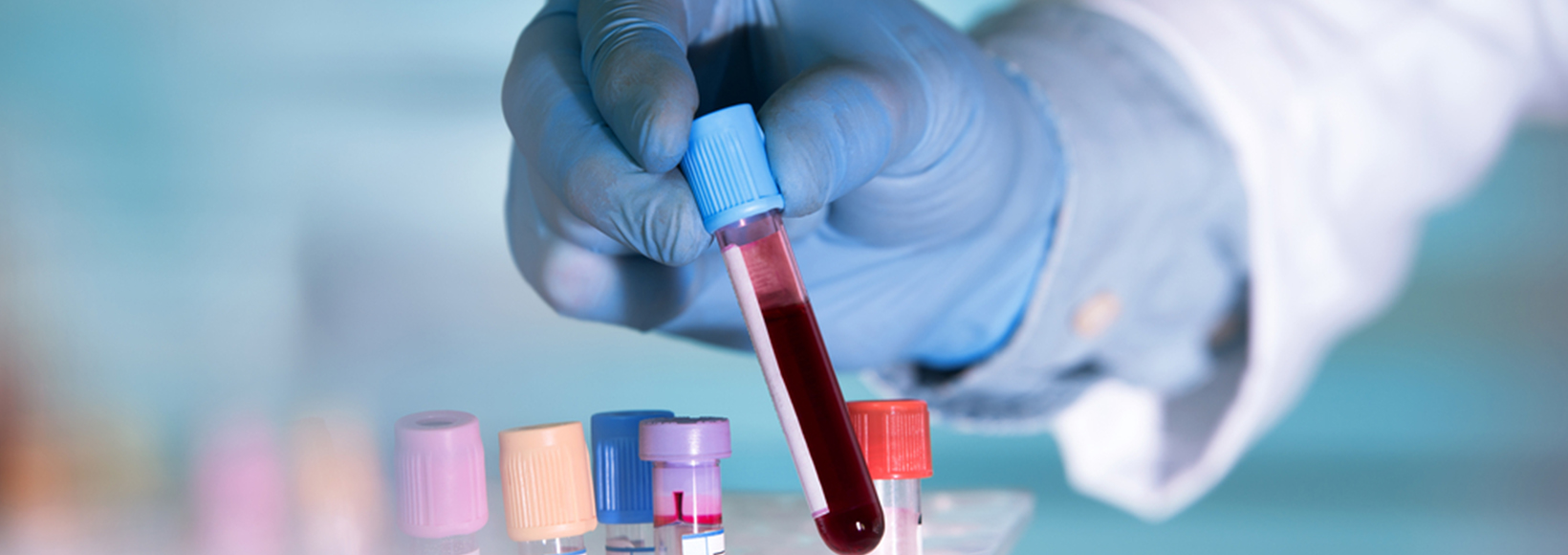
Immunity and COVID-19
20/05/2020
“Natural forces within us are the true healers of disease”.
Hippocrates
Early on in the COVID 19 pandemic, herd immunity was proposed as a strategy to mitigate the disease. Hippocrates may have observed the wonders of the human immune system in fighting disease and most people with COVID 19 recover without any medical intervention. However, it is not yet certain whether our immune system provides a robust defence against COVID-19 re-infection. So the strategy of herd immunity, before anyone really knew about the immune response to COVID-19, seemed premature.
SARS-CoV-2 is the virus that causes COVID 19. It is a betacoronoavirus. Seven coronaviruses can infect humans but four of these only cause mild illness. The other three coronaviruses that infect humans can infect the lower respiratory tract and cause pneumonia. These are SARS-CoV-2, it’s close genetic relative SARS (severe acute respiratory syndrome) coronavirus and MERS (Middle East Respiratory Syndrome) coronavirus.
The human immune system can be split neatly in two. The innate immune system and the adaptive immune system. The innate immune system is inborn in us, there from the beginning. It includes our natural barriers to infection such as our skin, the hair in our nose and the acid in our stomachs (PPE, hand washing and social distancing work as a physical enhancement of our innate immunity). The second aspect of the immune system is adaptive immunity. This immunity is acquired through exposures to pathogens and vaccines. After exposure to a pathogen, our immune system creates a memory of it to be able to fight it in the future.
Respiratory droplets and aerosols are the most common forms of transmission of SARS-CoV-2. Hence, coughs and sneezes are an important mode of transmission. We know that the virus can remain on inanimate objects for several days. The first step of infection is the virus binding to a receptor on the surface of type 2 alveolar cells. In this case, it is the angiotensin-converting enzyme 2 (ACE2) receptor. However, other types of cell, such as the cells that line blood vessels and types of white blood cell that fight infection, also have these receptors.
One of the ways our bodies fight a virus is through antibody response. This is a branch of the adaptive immune system known as humoral immunity. Antibodies recognise an invading pathogen and stick to them. Once bound to the virus, antibodies can help eradicate it in several ways. For example, the binding of antibodies can itself neutralise the virus making it incapable of infecting a host cell. Antibodies can also team up and cause the virus to clump together making the virus more susceptible to destruction by the immune system. The binding of antibodies to a virus can also activate a process called phagocytosis where the virus is ingested and destroyed by cells of the immune system. Antibodies also help activate the complement system which assists the process of phagocytosis.
These virus neutralising antibodies are primarily IgG. Antibodies called IgM appear earlier on in illness and are important in tightly binding to the pathogen.
In most people, following a COVID infection, IgM and IgG antibodies are produced by the body. In a study carried out earlier this year on 173 people hospitalised with COVID-19 in China the researchers found that between 15 and 39 days almost 80% of patients had developed IgG antibodies. In this study people who had more severe disease had higher levels of antibodies. In a study in Hong Kong, 100% of COVID-19 patients had IgG antibodies to the receptor-binding domain of SARS-CoV-2.
A study which has yet to be peer-reviewed but nevertheless was well conducted showed that most people infected with SARS-CoV-2 do develop neutralising antibodies. However, a small proportion did not. Despite not producing neutralising antibodies these people all recovered. This suggests that other parts of the immune system may contribute to recovery. It is not known whether these patients are at risk of further infection. Elderly patients were more likely to have neutralising antibodies than younger patients. In this study, the antibodies only developed between 10 and 15 days after infection.
How long antibodies persist for is not yet known. We know that the antibodies to SARS-CoV, the virus that caused SARS, remained high for 4 or 5 months before slowly declining over 2-3 years. Antibodies to MERS were not dissimilar lasting up to 34 months.
A study of macaque monkeys who are genetically similar to humans demonstrated that the monkeys could not be re-infected following infection with COVID-19. This suggests that in humans, infection with COVID-19 might result in at least temporary immunity. However, exposure to other coronaviruses that cause milder illness does not result in durable immunity. So the natural forces within us may help heal the disease and may offer protection against it in the short term but may not protect us from it in the future.
Dr Hugh Coyne